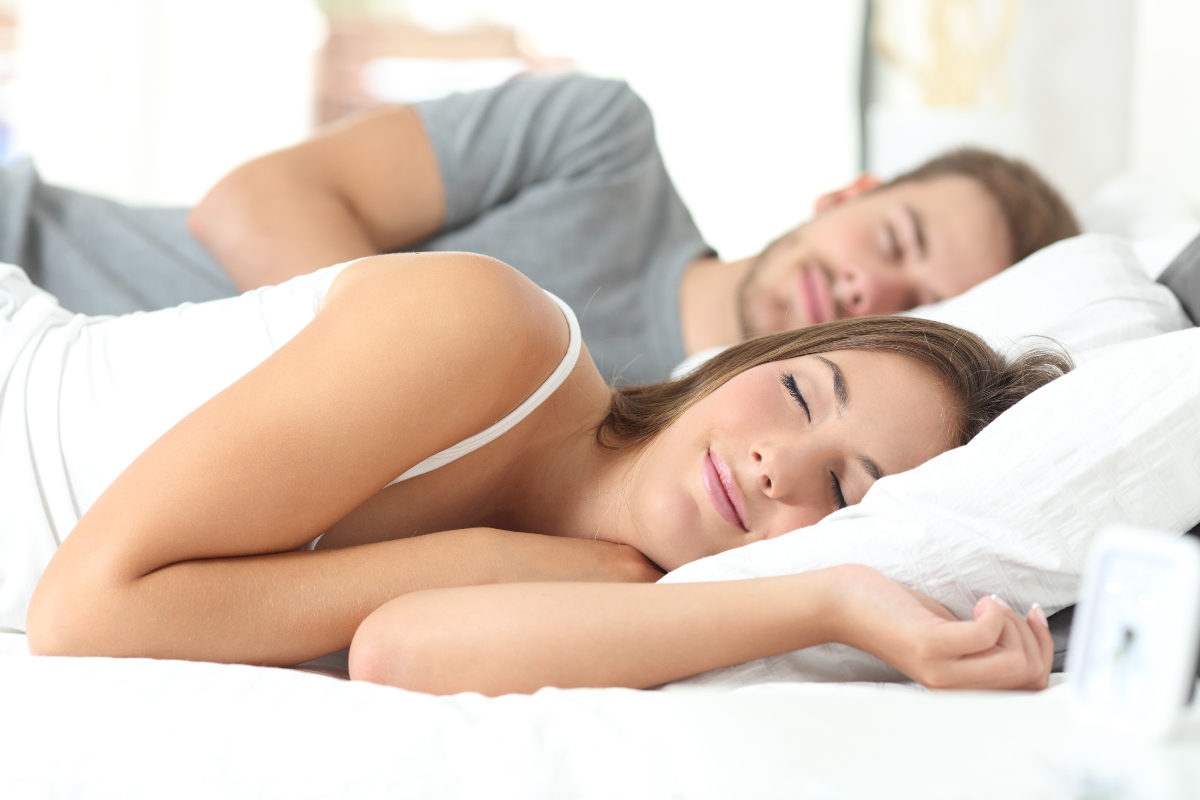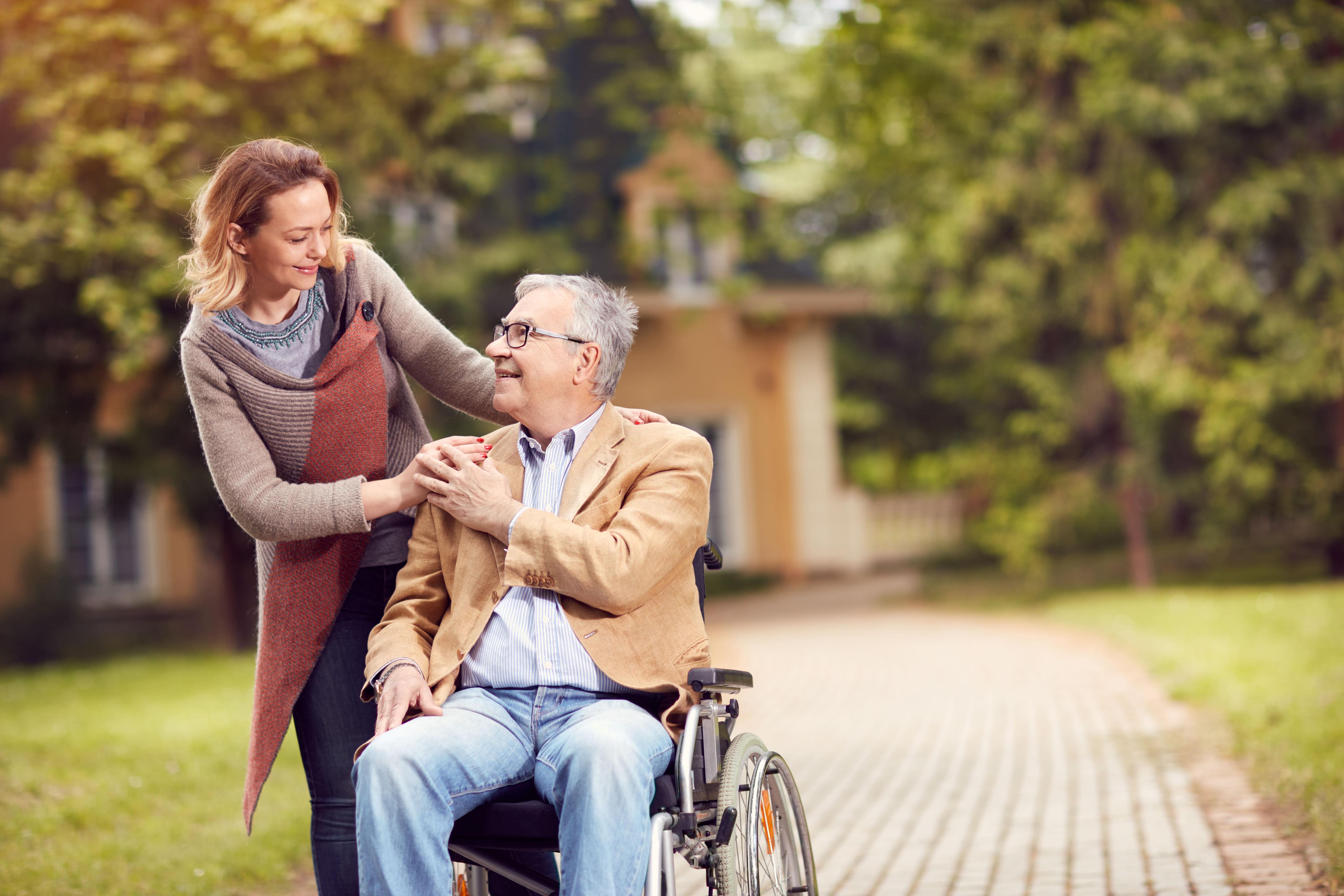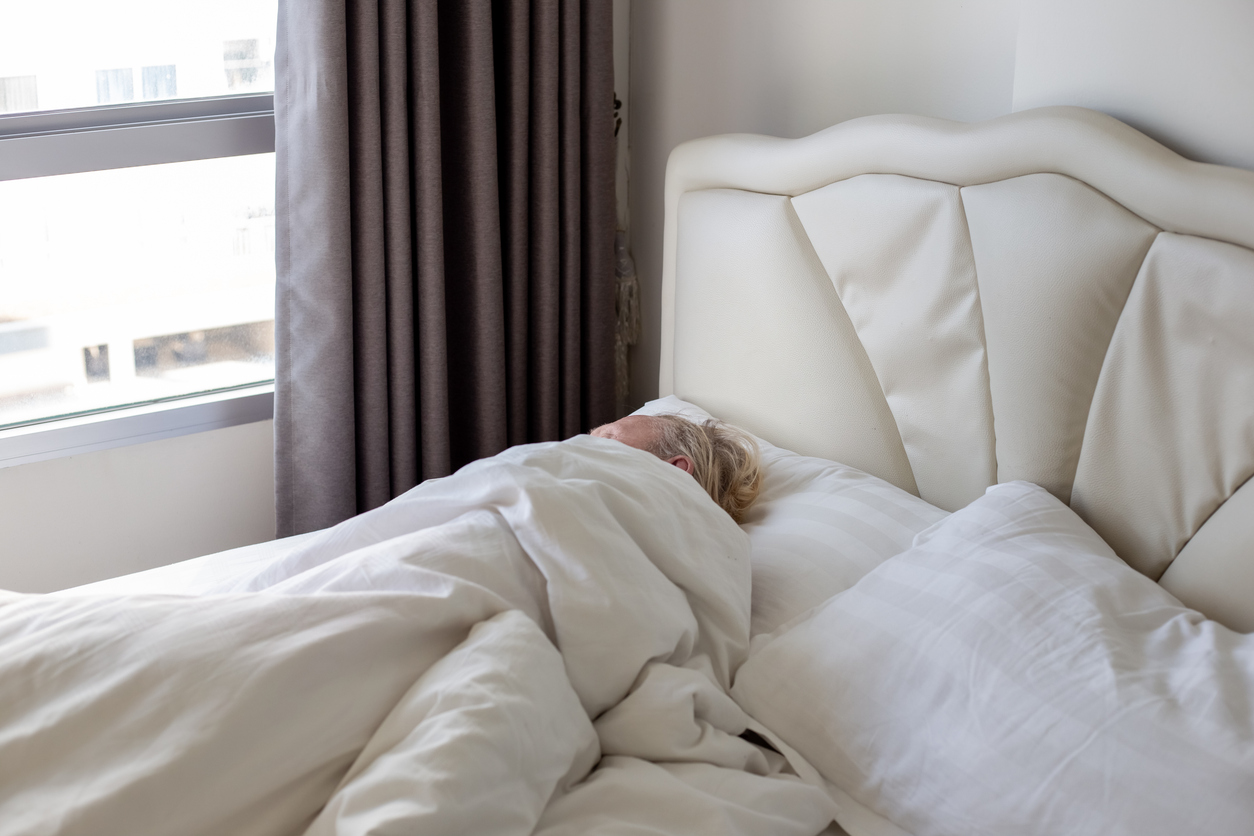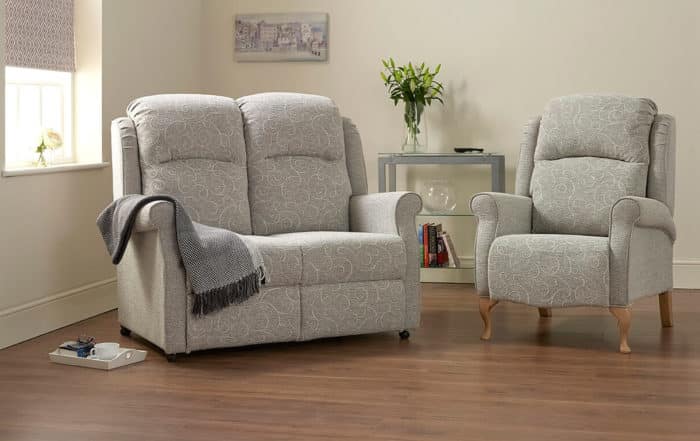How to Sleep with Sciatica
Social Links
I have often been asked about sciatica by patients, family, friends… and even strangers once they hear I’m a doctor! And I am not surprised, as sciatica is a common problem, affecting as many as 40% of adults at some point in their lives.
Sciatica comes about when the sciatic nerve, which runs from the lower back to the feet, is pinched or irritated. Sciatica tends to affect just one side of the body, and, does usually gets better in four to six weeks.
Painful by day and sometimes more so at night, sciatica can make it extremely hard to sleep. And the relationship between sleep, pain and mental health is complex. Pain causes a lack of sleep, which worsens mental health. Lack of sleep and poor mental health then exacerbate pain, which exacerbates insomnia and so on.
So, if you are waiting for sciatica to ease up, or if you’re unlucky enough to have recurring sciatica, let’s try and make sure you get as good a night’s sleep as possible.
Position yourself well
Start by experimenting with different sleep positions to see if one particularly reduces the pain. It is a matter of trial and error as one size doesn’t fit all.
Lying on your side with knees slightly bent and a small cushion placed between your knees may lessen the pain of sciatica when you’re trying to sleep.
If you sleep on your back, your sciatic pain may be reduced by elevating the knees slightly. Lie on your back with your heels and buttocks in contact with the bed. Bend your knees slightly towards the ceiling and slide a pillow under them. Try out pillows of different sizes and styles until you find a comfortable position.
If you wake in the morning with worse sciatica pain than the night before, your sleeping habits may be aggravating your sciatica by placing undue stress on the sciatic nerve.
Get serious about your bed
When did you last change your mattress? The Sleep Council recommends we change our beds every seven years. If you’re experiencing sciatica and it’s been over seven years since you changed your mattress, I would think about doing so.
When choosing the best mattress for sciatica, the aim is for the mattress to support your body when it is in a neutral position, keeping the spine well aligned during the night. Too firm and it can add unwanted pressure to the body; too soft and the body is unsupported.
While soft, medium or firm mattress options come down to personal choice, research has found that lower back pain may be reduced by a medium-firm mattress. The same study found that medium-firm mattresses help people to fall asleep quicker. Win-win.
An adjustable bed is another option after a wide-reaching review of the evidence concluded that a medium-firm mattress that is self-adjusted is optimal for promoting sleep comfort, quality, and spinal alignment. If considering an adjustable bed, try before you buy if possible, ideally in your own home. It’s important to get it right, given that we spend around one-third of our lives sleeping (or trying to).
Think about your lifestyle
It may have been a while coming, but exercise has finally been recognised as being one of the most important ways of staving off major and minor health problems and improving almost all aspects of our lives, including sciatica and insomnia.
Walking, yoga and swimming are all recommended. The stretching exercises outlined on the NHS website are especially helpful.
It may be that you need to lose a little weight, as being overweight is associated with sciatica in some people. Exercise will help with that, as will eating a healthy diet and not drinking too much alcohol. It’s good to avoid alcohol and caffeine before bed as they interfere with sleep too.
Other things to try are holding heat packs to the painful area – you can buy these from pharmacies. If necessary, ask your GP or pharmacist about painkillers.
It can be difficult to look beyond the immediate moment when we are experiencing pain. Sleeplessness can make pain worse, as can other aspects of our life, some of which we have control over. Taking an active approach to our problems, health included, may be hard to do at first, but the rewards are far-reaching and often quite unexpected.
Further information
For more information about rise and recliner chairs, recliner beds, and mobility beds, download the brochure from The Mobility Furniture Company or call us on 0808 2651372 for further information.
*This website contains general medical information. The medical information is not advice and should not be treated as such. Read our full Medical Disclaimer here.



